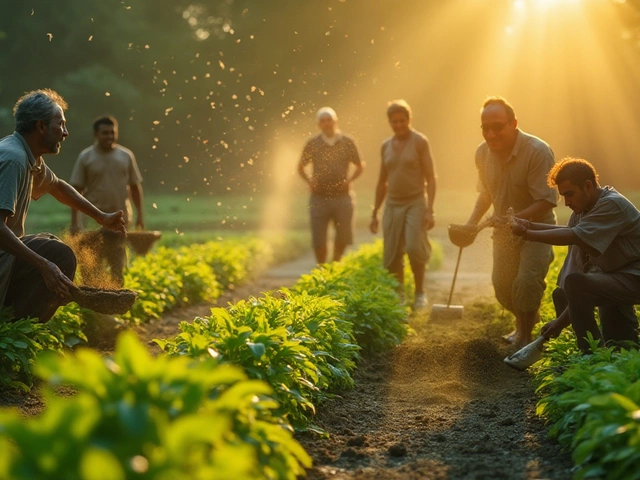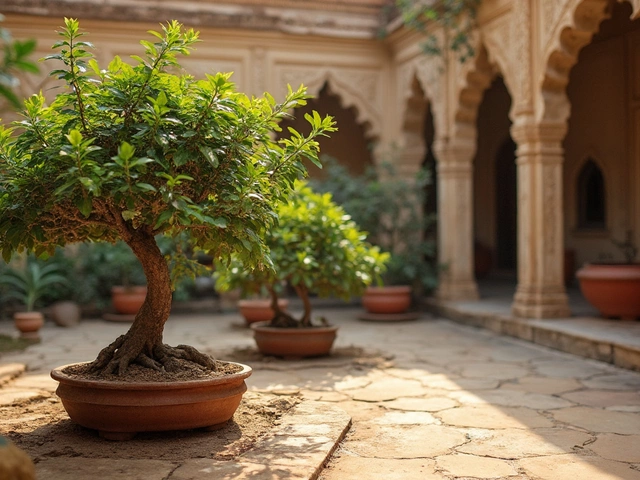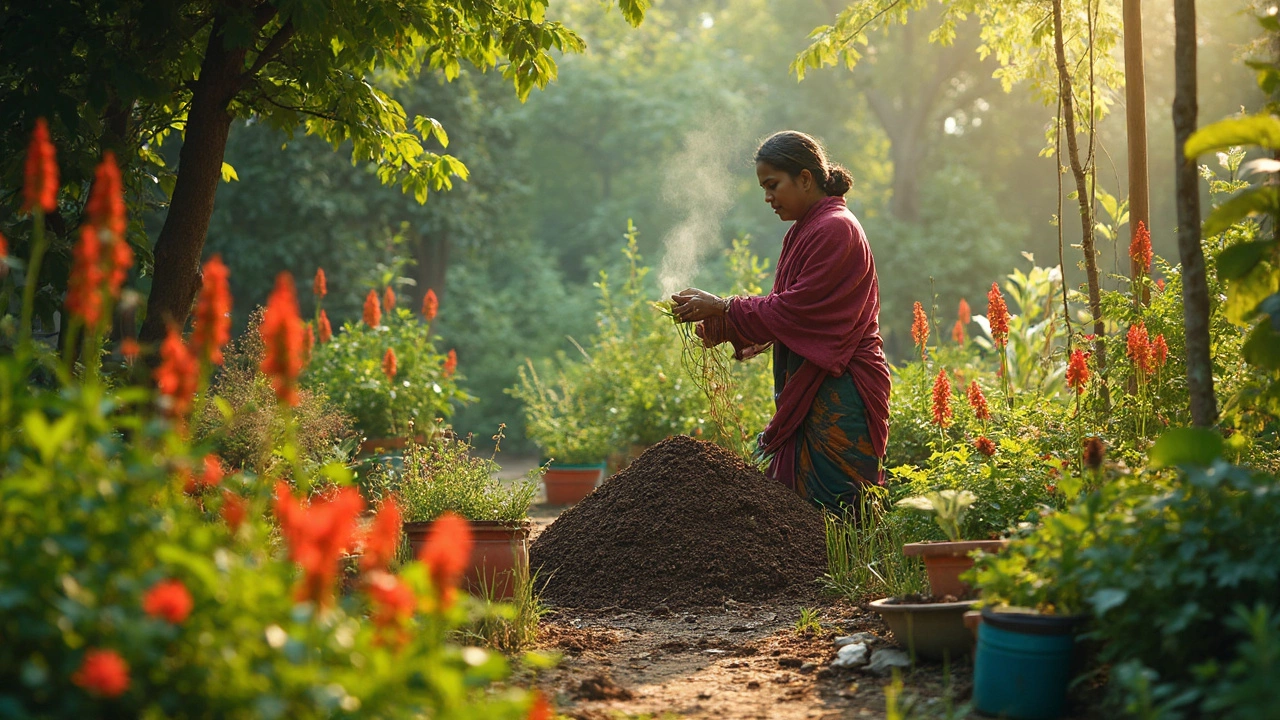DIY Garden Soil: Easy Ways to Build Healthy Soil
Ever stared at a patch of dirt and wondered why your plants look tired? The answer is often hidden in the soil itself. You don’t need a lab or pricey kits – just a few everyday items and a bit of know‑how. Below you’ll find straightforward steps to test, fix, and keep your garden soil in top shape.
How to Test Your Soil at Home
Start with a simple texture test. Grab a handful of moist soil, squeeze it, and see what happens. If it forms a ball that crumbles easily, you have loamy soil – the sweet spot for most veggies. If it stays hard, the soil is clayey and will hold water but drain poorly. If it falls apart, it’s sandy and drains fast, often leaching nutrients.
Next, check pH with a kitchen vinegar test. Scoop a spoonful of soil into a jar, add a splash of vinegar, and watch for fizz. Bubbles mean acidic soil (pH below 6). No reaction suggests neutral to alkaline conditions. Knowing this helps you pick the right amendments.
Simple Additives to Lighten Heavy Soil
Heavy, compacted soil is a common problem, especially after monsoon rains. The good news: a few cheap additives can turn it around. First up, compost. Spread a 2‑3 cm layer over the beds and work it in with a garden fork. Compost improves structure, adds microbes, and boosts nutrient holding capacity.
Second, add coarse sand or small gravel. Mix in about 20 % sand by volume; this creates air pockets and improves drainage. If sand feels too fine, opt for horticultural grit instead. Third, consider gypsum for pure clay soils. Gypsum separates clay particles, making the soil less sticky without changing pH.
Don’t forget about leaf mold or well‑rotted straw. These organic matter types break down slowly, feeding soil life for months. When you add them, aim for a thin, even layer and turn it into the top 15 cm of soil.
After amending, water the bed lightly to settle the mix. Wait a day, then check the texture again – it should feel crumbly, not like a brick. If it’s still too dense, repeat the process in small increments; over‑amending can make soil too loose.
Finally, protect your work with mulch. A 5‑cm layer of dried leaves, straw, or wood chips keeps moisture in, reduces surface crusting, and adds organic matter as it decomposes.
With these quick steps you can transform dull, hard ground into a thriving home for vegetables, herbs, and flowers. Keep testing every few months, add a little compost each season, and watch your garden flourish.
How to Make Your Own Cheap Soil for Gardening
Making your own garden soil doesn't have to cost a fortune. By using everyday materials like kitchen scraps, fallen leaves, and grass clippings, you can create a nutrient-rich mix that rivals any store-bought option. Discover simple tips and tricks to enhance soil quality and maximize plant growth while saving money. Perfect for home gardeners looking to boost their green space without breaking the bank.
About
Soil Improvement
Latest Posts


Can You Grow Rice from Store-Bought Rice? Exploring the Possibilities
By Alden Thorne Feb 8, 2025

Quick and Effective Ways to Boost Soil Nitrogen Levels
By Alden Thorne Dec 7, 2024

Identifying an Overwatered Bonsai Tree
By Alden Thorne Mar 15, 2025

